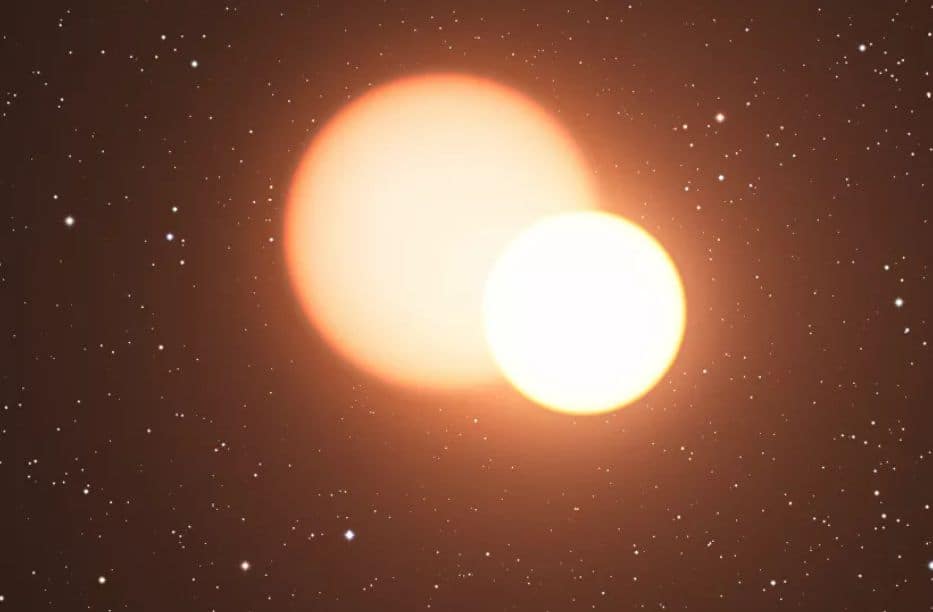A team of scientists at Harvard University suggests that our Sun once had a similar-mass twin brother who broke away from the star. The finding could help better understand the nature of the enigmatic Planet Nine.
The study authors claim that the two stars formed a binary system in which they orbited each other. This, in turn, could explain the strange structure of the Oort cloud, a sphere of billions of rocky, icy debris located near Neptune, on the edge of the solar system, a thousand times farther from Earth than the Sun.
It is considered that this debris cloud appeared during the formation of the solar system. However, according to the new hypothesis, it was the powerful gravitational pull of two suns that captured the objects.
“Previous models have had difficulty producing the expected ratio between scattered disk objects and outer Oort cloud objects. The binary capture model offers significant improvement and refinement, which is seemingly obvious in retrospect: most Sun-like stars are born with binary companions,” explained one of the study’s authors, Amir Siraj.
The researchers are convinced that the objects in the outer Oort cloud could answer many questions and provide more information about the formation of the solar system and the origins of the Earth.
“Objects in the outer Oort Cloud may have played important roles in Earth’s history, such as possibly delivering water to Earth and causing the extinction of the dinosaurs,” Siraj said.
Their finding could also contribute to a better understanding of how the enigmatic Planet Nine, a hypothetical large icy object that could have existed in the outer solar system, could have formed. The gravity of the two-sun system would have captured a large number of dwarf planets, including Planet Nine.
“It is unclear where they came from, and our new model predicts that there should be more objects with a similar orbital orientation to Planet Nine,” said astrophysicist Avi Loeb.
